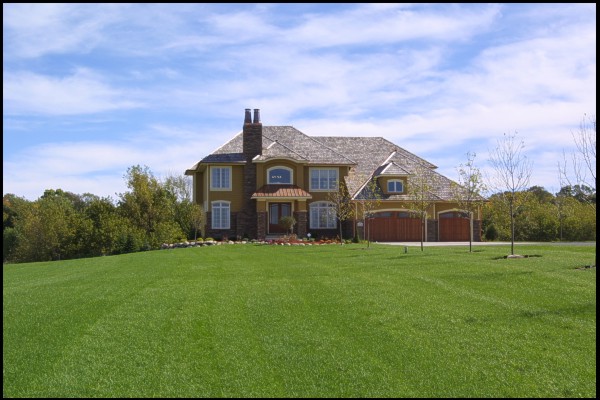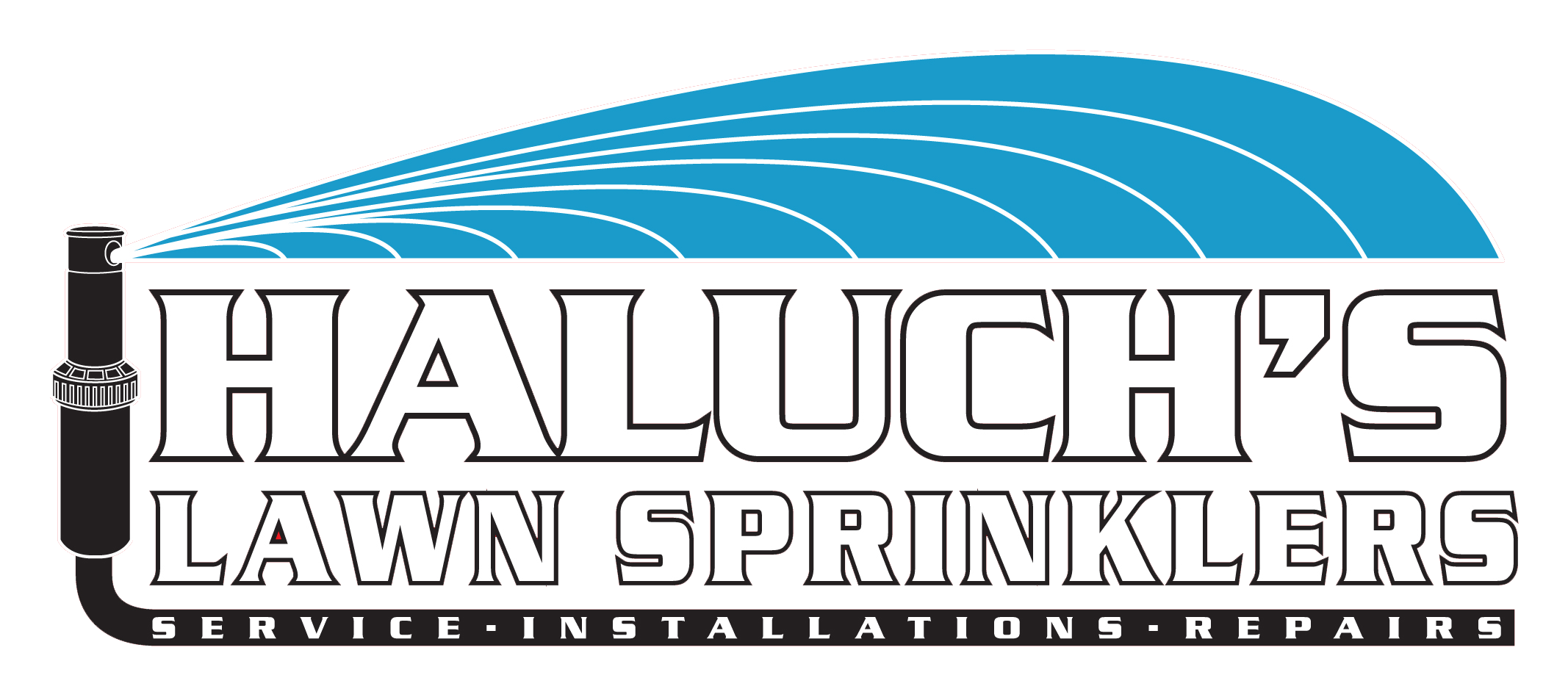
Mowing
Mower Height – 2.5 – 3″ throughout the year is recommended. The last cut of the season should be made at 1.5″ which will help reduce chance of snow mold and matting.
When To Mow – Mow frequently especially in the spring when growth is rapid. Never cut more then 1/2 of the grass blade in any one mowing. Try to avoid mowing in extreme wet or hot conditions.
Sharp Blades – Blades are often overlooked and not sharpened enough. Blades should be sharpened several times during the growing season to create nice clean cuts. This will help to maintain deep color longer and eliminate frayed grass blades. Scalping – Scalping of the lawn (cutting the lawn severely too short) can lead to many problems for the lawn and should be avoided. Scalping can lead to thinning of turf, loss of color, and contribute to the buildup of crabgrass and broadleaf weeds. Scalping a lawn during dry, hot conditions can also appear to be “burned”.
A properly mowed lawn will tend to be thicker, better color and be more resistant to diseases, insects and weeds.
Watering
The best time to water is in the early morning. This will allow more water penetration and less evaporation then watering during the day. Avoid watering in the evening. This will not allow proper drying time which may contribute to disease build up.
1″ of water per week is ideal for established lawns. One or two deep waterings per week is recommended to promote a healthier root zone. Shallow watering promotes limited root systems.
Sprinkler systems should be checked often to assure proper coverage and proper amounts are being applied. Changing the length of running cycles to coincide with seasonal changes is recommended.
Only water your lawn once a day. Do not water in between the hours of 10am-8pm. Overwatering will cause Red Thread (Disease) & Weeds.
How to tell when your lawn needs watering? Lawns that are thirsty tend to show stress signs such as wilting and color fade to yellow or off green. Other signs are mower tracks or footprints remaining in the grass without rebounding upright.
Core Aeration
Core aeration is a vital part of a lawn management program. Core Aeration is beneficial to the lawn and is recommended every fall. Aeration can also be done in the spring but is not recommended because it may break down crabgrass control barriers already in place.
There are many benefits to core aeration:
1. Thatch management increases activity of microorganisms needed to decompose thatch by bringing them from the soil to the surface.
2. Relieves soil compaction which allows deeper water and nutrients penetration.
3. Works well with overseeding by giving the seed a good growing environment.
4. Encourages healthy root zone activity.
